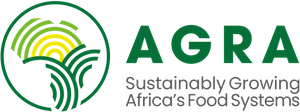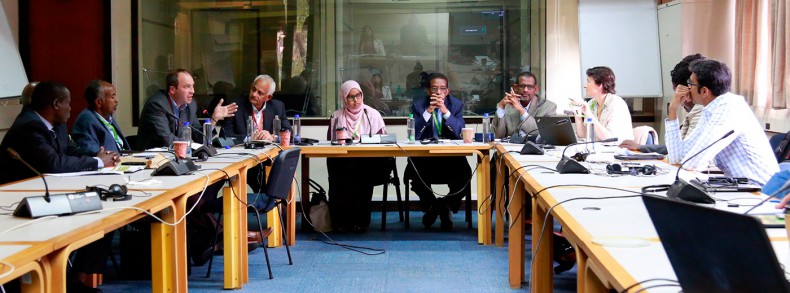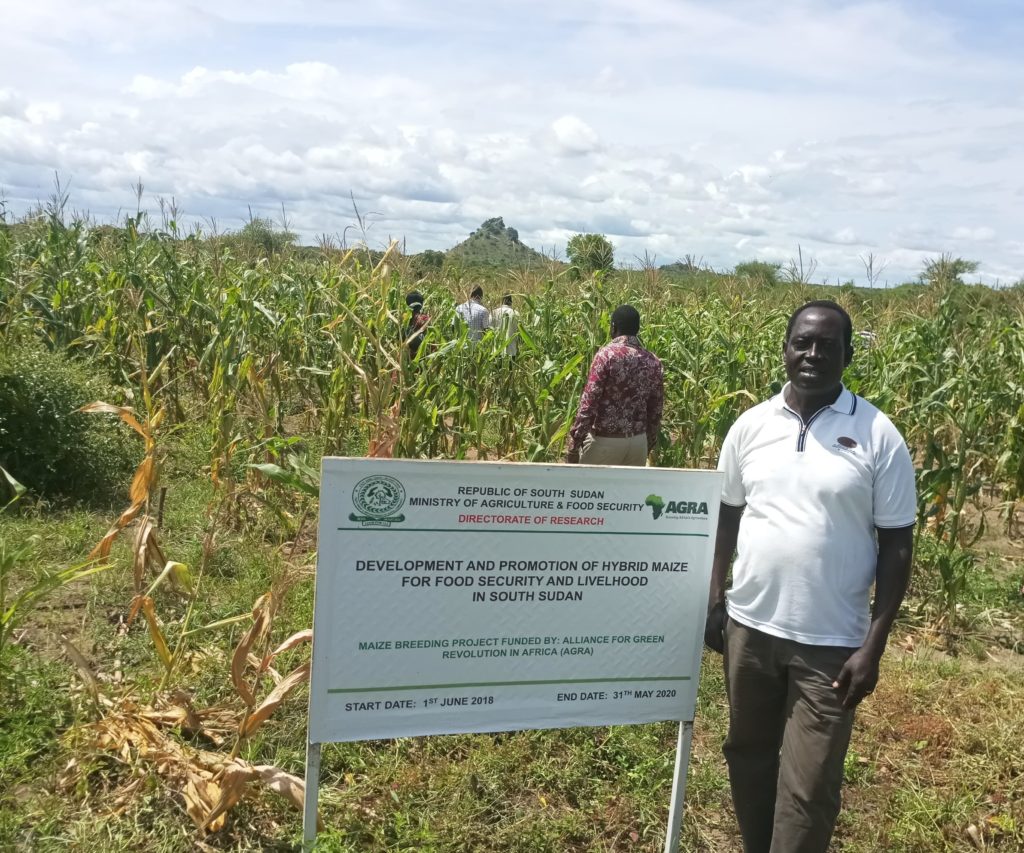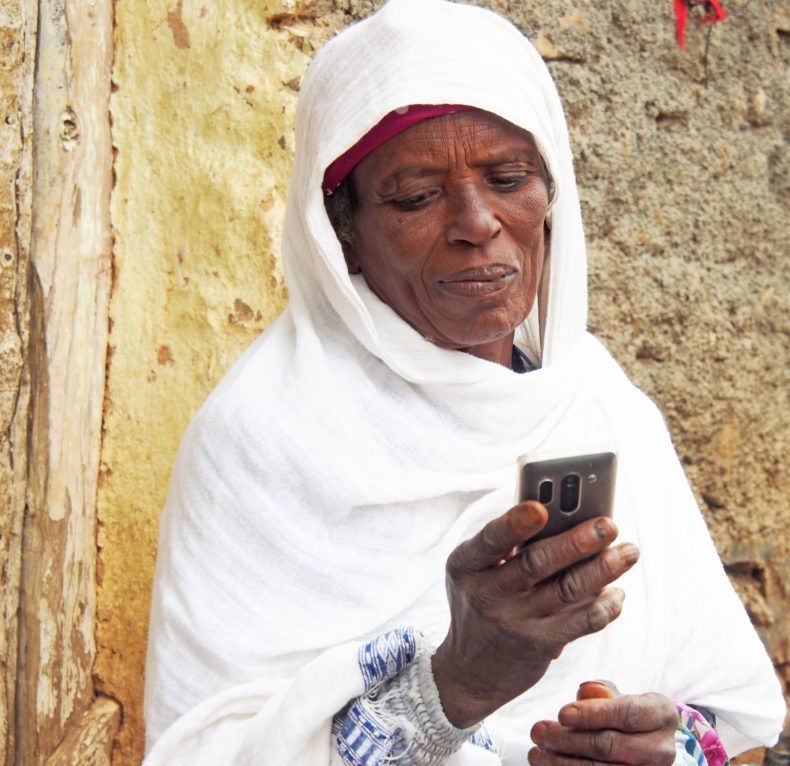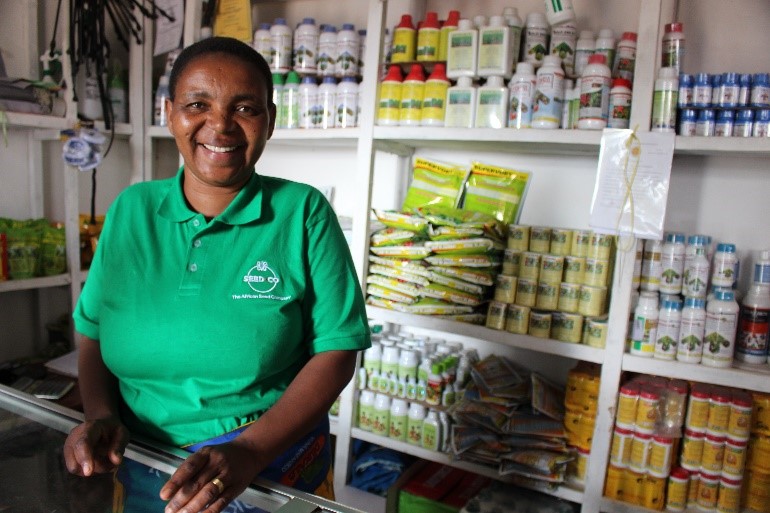Throughout two decades of conflict in Somalia, following the collapse of the central government in 1991, the private sector has remained active, even in a difficult environment, filling the void left by government institutions.
Now, attention is focused on how the country´s private sector can drive and sustain agricultural growth. The sectors that have thrived, despite the war, are agriculture, livestock exports, remittance services and telecommunications, as reported in a session at the African Green Revolution Forum (AGRF) in Nairobi, Kenya. Titled “Agricultural Transformation in Somalia”, the session was organised by the USAID/DFID/Somalia Agriculture Technical Group and H.E. Abdullahi Sheikh Ali Ibrahim, Somalia´s Deputy Minister of Planning and International Cooperation.
Key requirements for boosting agricultural investment in Somalia are to better exploit regional linkages and create strategic partnerships for state building. The private sector can contribute importantly by taking the lead in product certification for export markets and by investing in technology and skills. In the meantime, the federal government has unveiled a 3-year national development plan that includes a comprehensive strategy and action plan for kick-starting the country’s development, with agriculture at the center.
“We know these sectors are the best drivers for taking our country forward quickly and effectively,” said Ibrahim in his keynote address to the session. “Our focus now is on building partnerships between government, Somalia’s highly entrepreneurial private sector, development partners and ordinary citizens.”
Somalia has considerable productive resources, which offer huge potential for delivering rapid economic growth, with important impacts on people’s livelihoods. These resources include 8.5 million hectares of arable land, more than 50 million livestock and about 1.8 million tons of fish annually for export. But currently, only 2.3 million hectares are under rainfed agriculture plus another 630,000 hectares under irrigation.
Efforts to transform the country´s productive sectors are bearing fruit, with the livestock sector showing some of the biggest gains during recent years. In 2015, Somalia exported 5.3 million animals, after the lifting of an international ban imposed in 2008 on beef and related exports.
Other important products are sesame, lemon and bananas. Moreover, for the last 3 years, over 100 farmers have been growing guava in preparation for the opening of a guava processing plant before the end of 2016. This is but one sign that the country´s agriculture is recovering.
Sesame is one of Somalia’s flagship export crops, but productivity is low. The country produces 300 kg per hectare, on average, compared with 1800 kg in Ethiopia. This is because farmers in Somalia do not have access to improved seeds and other inputs.
“Increasing productivity will require the collaborative efforts of all stakeholders in the agricultural value chains to test and take up new and improved technologies,” said Dr. Hussein Haji, Director of Somalia Agricultural Technical Group.
Turning to food crops, Haji noted that Somalia produces about 150,000 tons of maize annually, with average yields of 1 ton per hectare. But with the right agricultural inputs and improved farming practices, farmers should be able to harvest 5 tons per hectare .
“Moving national annual production from 150,000 to 750,000 tons is the transformation we are looking for, but this requires testing and adoption of new and improved technologies Besides productivity increases, the transformation of Somalia’s agriculture depends on investments in infrastructure and markets,” noted Ibrahim.

